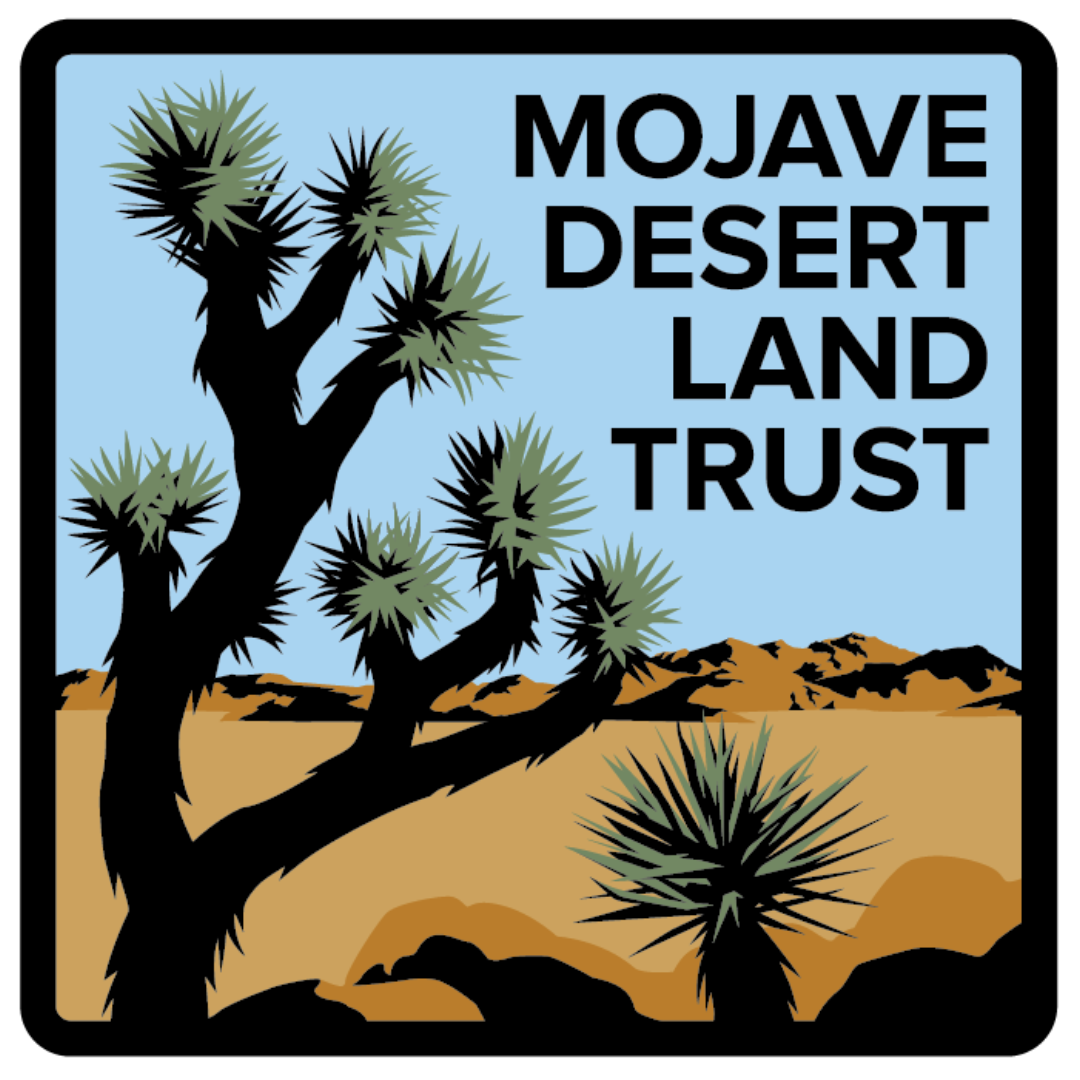California desert wildlife crossings designed to stop mountain lion, bear deaths
RELEASE
For immediate release
August 1, 2025
California desert wildlife crossings designed to stop mountain lion, bear deaths
MORONGO VALLEY, CA - Wildlife crossings are being conceptualized for critical points along State Route 62 in the California desert where 232 wildlife deaths were documented in one year alone, including a mountain lion, bighorn sheep, and black bear. The two crossings would provide safe routes for animals moving between the San Bernardino and Little San Bernardino Mountains and benefit local residents by reducing wildlife-vehicle collisions.
The project is led by the Mojave Desert Land Trust, which protects land on either side of the busy highway in a strategic wildlife corridor that connects Joshua Tree National Park to the nearby Sand to Snow National Monument, San Gorgonio Wilderness, and San Bernardino National Forest.
SR-62 runs from the Coachella Valley to the Arizona border. Drivers are already three times as likely to die on the highway compared to the average California road. Traffic has increased over the last decade in line with skyrocketing visitation to the national park as well as population growth in the Morongo Basin.
Between October 23, 2019, and November 24, 2020, 232 carcasses of 12 mammal species and two reptile species were observed at two locations along this stretch of SR-62. These included mule deer, bighorn sheep, black bear, coyote, gray fox, bobcat, and mountain lion. One collared mountain lion was documented to approach SR-62, was hit, and then succumbed to its injuries.
According to Pew Research, wildlife-vehicle collisions kill or injure tens of thousands of people nationally each year and millions of animals are killed. Wildlife crossings have shown that directing megafauna away from roads reduces the danger posed to people. In some instances, crossings have reduced wildlife-vehicle collisions by up to 90%.
“Wildlife crossings are necessary for all of us,” said Cody Hanford, Chief Conservation Officer, Mojave Desert Land Trust. “Maintaining a functional, intact desert ecosystem is our priority, and establishing dedicated corridors for wildlife to traverse is essential if we are to achieve this ambitious goal. We have an opportunity to prevent deadly vehicle collisions with iconic animals like the bighorn sheep and mountain lion, and to improve the safety of all drivers who use this beautiful highway located between our beloved national park and the forests and mountains of Southern California.”
The Mojave Desert Land Trust is applying for funding for the planning phase of two proposed wildlife overpasses at the Morongo and Yucca grades. Project partners include Caltrans, the Coachella Valley Conservation Commission, and the Mojave Desert Resource Conservation District.
With these crossings, the Mojave Desert Land Trust aims to champion a new statewide initiative to prioritize habitat connectivity. Under the 2024 Room to Roam Act, cities and counties must identify wildlife connectivity in land use plans and promote safe passage across fragmented habitat. This legislation complements the 2022 Safe Roads and Wildlife Protection Act which requires state agencies to remediate barriers to wildlife movement and prioritize crossings in transportation projects.
The California Department of Fish and Wildlife has identified this stretch of SR-62 as a priority for removing barriers to wildlife. Past transportation improvements have included a 56” high concrete median barrier. In some areas, wildlife no longer try to cross due to traffic volumes and physical barriers.
A 2021 Morongo Pass Wildlife Connectivity Study by Dudek and the UC Davis Road Ecology Center recommended the construction of two SR-62 overpasses at the Morongo Grade and the Yucca Grade where there is a complete barrier to wildlife movement. There are no adequate crossing structures at these locations, although they have been identified as important habitat linkages.
Landscape connectivity is increasingly important because of climate change and habitat fragmentation from development. The Morongo Grade and Yucca Grade overpasses would provide for climate change resilience by enabling flora and fauna to move up in elevation to cooler, wetter areas in response to a warming climate and more frequent droughts
Over the last 20 years, MDLT’s conservation work has helped bolster habitat on both sides of the highway. Restoring connectivity across SR-62 will be critical in promoting genetic diversity in a number of wildlife species, which in turn boosts the health of populations and their ability to adapt to environmental changes. A case in point is the mountain lion. A wildlife crossing will support two genetically isolated populations, the Eastern Peninsular Range and San Gabriel-San Bernardino Mountains lions, that meet at SR-62 but risk extinction if they do not remain connected. Both populations are part of a group of lions that is a candidate for listing under the California Endangered Species Act (CESA).
Ends/
Photo and map available on request.
For more information and interviews, please contact:
Mojave Desert Land Trust
Jessica Dacey, Director of Communications and Public Engagement
Phone: 760-366-5440 ext 239. Email: jessica@mdlt.org
The Mojave Desert Land Trust (MDLT) is a 501(c)(3) non-profit organization with the mission to protect and care for lands with natural, scenic, and cultural value within the Colorado and Mojave Deserts. Since its founding in 2006, MDLT has conserved approximately 125,000 acres, conveying more tracts of land to the National Park Service than any other nonprofit. MDLT established a conservation seed bank to ensure the preservation of native species and operates an onsite nursery at its Joshua Tree headquarters which has grown over 130,000 native plants for restoration projects and community landscaping. MDLT educates and advocates for the conservation of the desert, involving hundreds of volunteers in our work. For more information, visit mdlt.org.



